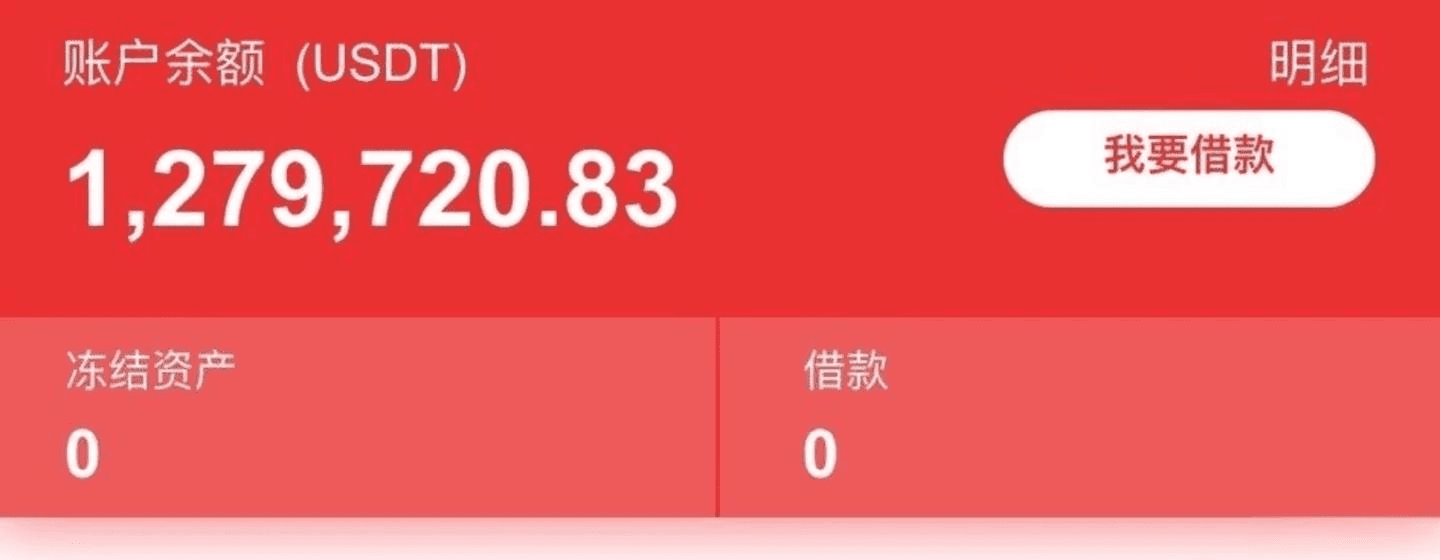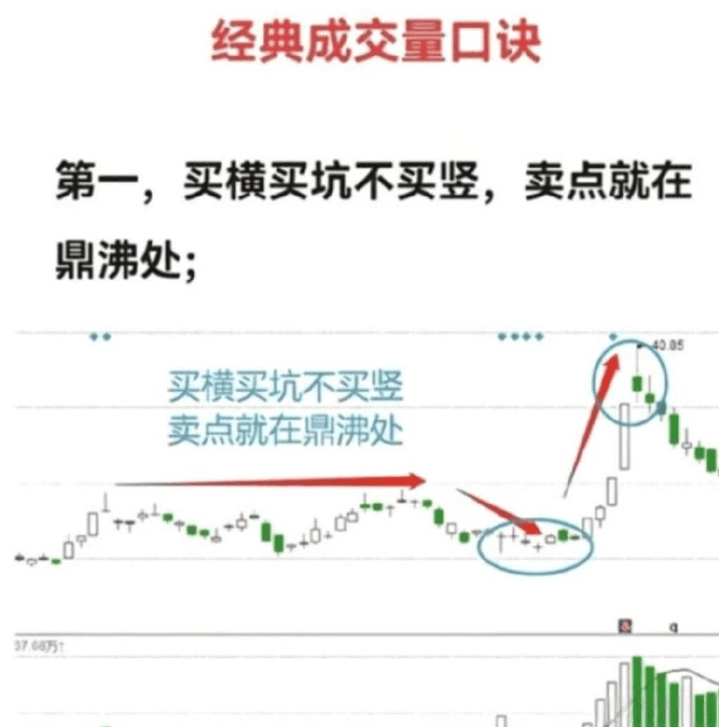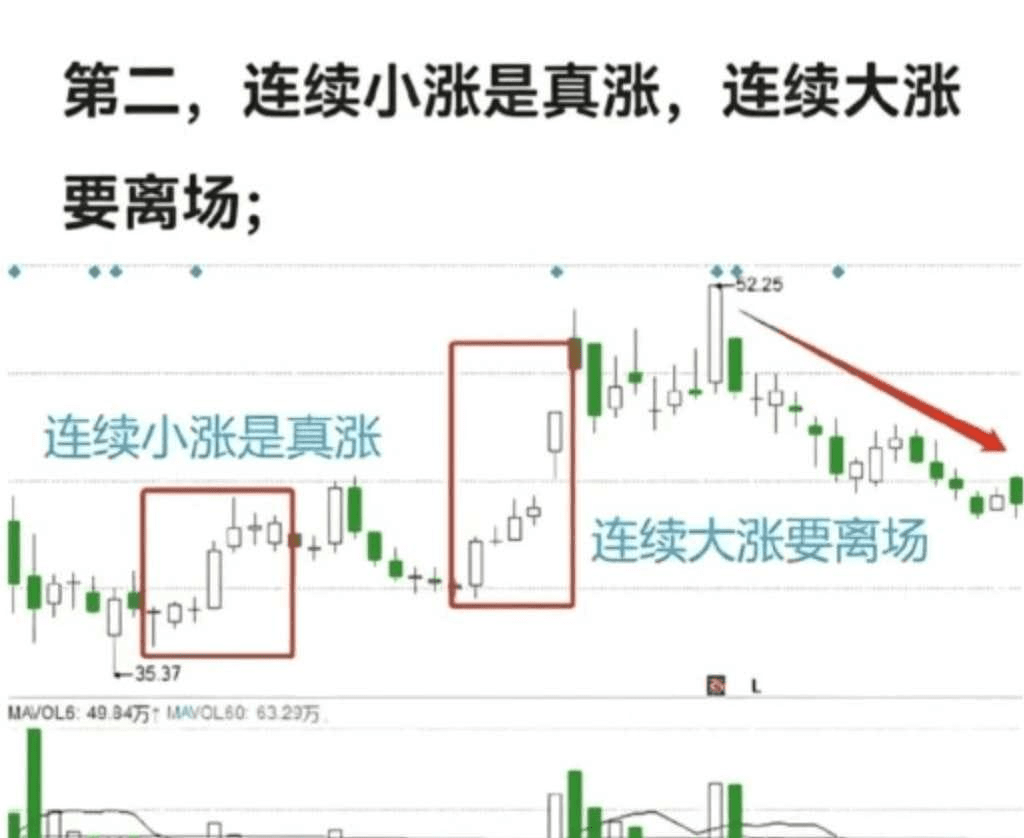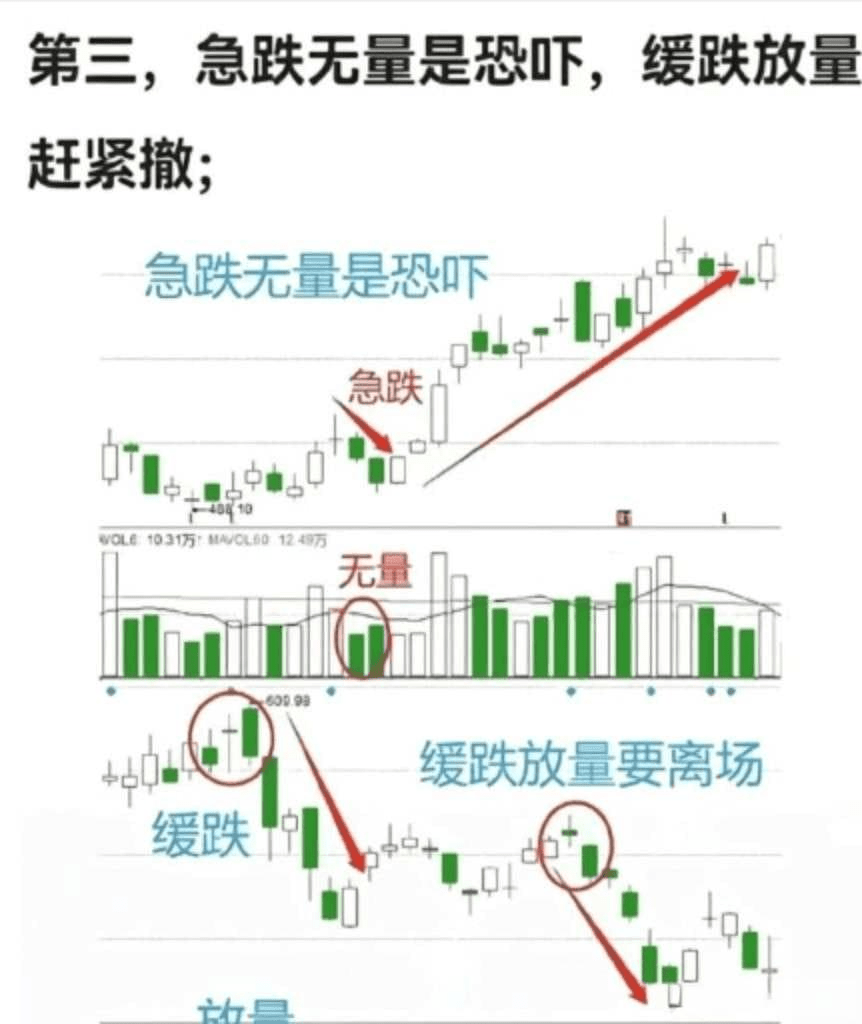You don’t need to worry about whether you can learn it; if I can seize this opportunity, so can you. I’m not a god; the only difference between others and me is that others have overlooked this method.
If you can learn this method, in the later trading process, it can help you earn an additional 3 to 10 points of profit every day.

The trading operation mantra of excellent operators in the cryptocurrency market:
First, buy horizontally and avoid verticals; the selling point is at the boiling point. The cryptocurrency market resembles a mysterious sea with turbulent waves, where the price fluctuations of virtual currencies are like surging tides, relentless and unceasing. In this field filled with opportunities and risks, excellent operators understand that trend judgment must come first. Just as navigation requires a compass to guide direction, closely monitoring moving averages is the key to gaining insight into the cryptocurrency market's trajectory. By carefully studying the subtle changes in each moving average, the balance of bullish and bearish forces can be understood early on, laying a solid foundation for subsequent operations.

Second, consecutive small increases reflect true increases; consecutive large increases indicate it's time to exit. Once you accurately capture the signs of a trend, the timing of entry becomes paramount. This is akin to a hunter waiting for the best moment to seize prey; operators must lock onto targets like an eagle. The flow of funds in the market is like an undercurrent; once there is an abnormal fluctuation in volume, it often signals that market conditions are about to start. However, do not rush; patiently wait for the price to stabilize after a pullback and confirm that this is not a false signal before decisively acting. Never let a moment of rising momentum cloud your judgment, as it can easily lead to being trapped at high points.

Third, a sharp decline without volume is intimidation, while a slow decline with volume requires quick withdrawal. Entering the cryptocurrency market, setting stop-losses and take-profits is like guarding the two solid lines of wealth, and they must be set cleverly and accurately. With every order placed, weigh the risk and reward ratio in your mind in advance, and clarify your acceptable loss limit; this is the basic principle for survival in the market. At the same time, when profits arise, always maintain clarity, do not let greed blind your eyes, set reasonable profit targets, take the profits when they are good, and never be greedy to avoid letting the cooked duck fly away, turning the profits into bubbles.

Fourth, a significant surge must be followed by a pullback; do not dig deep pits or buy heavily. Reasonable position planning is another essential skill of excellent operators. This is akin to military strategy, where troop allocation is crucial. Never recklessly allocate all your 'troops,' i.e., funds, into one cryptocurrency in a single heavy bet; this all-or-nothing approach carries high risks, and once the market reverses, you will suffer heavy losses. Instead, employing a strategy of gradual entry and exit is much more sophisticated, allowing you to reduce risks while flexibly responding to various unexpected situations, ensuring safety amidst the market's tumult.

In the cryptocurrency market, never trade emotionally. When you see the market drop, don’t panic and sell hastily; when you see the market rise, don’t rush in. Such emotional trading often leads to regrets. Calm analysis and rational operation are the hard truths; trading cryptocurrencies is not just a contest of technology and strategy but also a test of the operator's mindset!
Dignity only exists above price peaks; truth only lies within reliable data and analysis: my cryptocurrency trading insights.
1. The temptation of peaks, how to respond rationally.
You must always believe that dignity only exists above price peaks, and truth only lies within reliable data and analysis. In the market, cruelty coexists with opportunity.
When Bitcoin continuously breaks through its highest points, most of those holding Bitcoin feel a sense of dignity and accomplishment during those rising moments. However, peaks often come with greater risks. How do you know that the place you are standing is the highest point? Once the market rebounds or continues to climb higher, can you truly grasp that so-called peak?
Therefore, true dignity lies not only in reaching peaks but also in how rationally you treat these peaks, avoiding blind chasing of trends. When the price reaches its highest point, learn to set appropriate profit-taking points, lock in profits in a timely manner, and avoid missing the best selling opportunities due to greed.
Please do not concentrate all your funds on a few cryptocurrencies; make sure to learn to diversify your investments. Diversification can reduce the risk of single investments. Maintain a long-term investment perspective and do not be misled by short-term peaks; focus on the long-term development potential and technical advantages of projects.
2. Truth only lies within reliable data and analysis.
The truth of the market is not always obvious. In this uncertain market, only by relying on reliable data and scientific analysis can one make wise decisions. Do not be misled by short-term fluctuations; instead, focus on long-term trends and technical indicators to remain calm and rational in a complex market environment.
(1) The importance of data.
In the world of cryptocurrencies, the importance of data is self-evident. To make money in this highly volatile market, you need to know the major news in the market, the government's new policies, the latest developments in projects, and public opinions about the market as soon as possible. This information can help us see the market's direction, judge which are real opportunities and which may be traps, thus making smart choices to protect and increase our wealth. In other words, whoever holds useful and up-to-date data will have the upper hand in this market; remember, it must be useful and up-to-date data. High-quality data is the foundation for effective analysis, while incorrect or incomplete data can lead to erroneous conclusions. Timely data can reflect the latest market dynamics, while outdated data may cause you to miss the best trading opportunities.
(2) Scientific technical analysis
Technical analysis plays a decisive role in our decisions. Why do I say this? Just as we need weather forecasts to understand the weather, similarly, looking at candlestick charts, MACD, and RSI can help us understand the market's past performance, determine whether the price trend is upward or downward, and whether there are signs of reversal. At the same time, pay attention to changes in trading volume, as it can tell us the enthusiasm of market participants regarding price changes.
Only by relying on accurate data and scientific analysis can we make better decisions, reduce investment risks, and increase returns. If this is not emphasized, making blind decisions often leads to failure. Before making decisions, make sure to reflect on whether you have done the technical analysis properly and whether the information you have is reliable; only ensure that these preparations are thorough can you go further.
3. From confusion to stable profits: My cryptocurrency trading insights.
I firmly believe that dignity only exists above price peaks, and truth only lies within reliable data and analysis. I too have been confused, panicking at peaks, wondering whether to exit or continue chasing. This dilemma has often made each trade feel less composed. But over time, I have gradually found a simple and stable approach that continues to bring me ongoing profits. You need not worry about whether you can learn it; if I can learn it, so can you.
First, select potential cryptocurrencies. We can include cryptocurrencies with an upward trend within 10 days in the candidates, then exclude those that have shown significant declines in the past three or four days. The purpose of this is to filter out those with an upward trend and no significant short-term risks, while also avoiding those that have entered a correction phase, thus increasing the success rate of subsequent operations and reducing risks.
Next, use candlestick charts and only select cryptocurrencies that generate a golden cross on the monthly MACD. This ensures that the selected cryptocurrencies have strong upward momentum in the long-term trend; a MACD golden cross usually indicates the beginning of a new upward trend, further improving the accuracy of your selections.
Finally, check the daily K-line chart, focusing on the 60-day moving average. When the cryptocurrency price retraces to the vicinity of the 60-day moving average and there is a strong volume K-line, enter with a heavy position. This approach aims not only to buy at relatively low levels but also increases the likelihood of an upward trend. After entering, use the 60-day moving average as a standard; if above, continue to hold. If the increase exceeds 25%, sell one-third; if it exceeds 50%, sell another third. If it falls below, exit immediately; do not hold onto any false hopes, as protecting your capital is the most urgent matter.
The above three steps have been quite useful for me, and through these methods, I have also gained quite a bit. This has also been an important reason for me to remain calm at peaks and not panic blindly. I hope these experiences and methods can help you achieve better results in the cryptocurrency market.
In summary, regardless of how the market fluctuates, maintaining dignity and seeking truth are goals every investor should pursue. I hope every investor can remain rational in the cryptocurrency market, find their own investment path, and not be swayed by short-term market fluctuations, steadfastly moving towards financial freedom.
The enlightenment of trading cryptocurrencies is a process akin to achieving mastery, from seven losses to two breakevens and then to one profit; it is all about being focused and not being greedy for various profit models. Stick to one trading system, and over time this system will become your cash machine.

By mastering my simplest cryptocurrency trading method, I can navigate the cryptocurrency market like a cheat code, with a green light every step of the way, simply because I firmly grasp the following 10 rules.
1. For strong cryptocurrencies, if they fall at high levels for nine consecutive days, be sure to follow up in a timely manner.
2. If any cryptocurrency rises for two consecutive days, be sure to reduce your position in a timely manner.
3. If any cryptocurrency rises more than 7%, there is still a chance for further gains the next day, so you may continue to observe.
4. For strong cryptocurrencies, wait until the correction is over before entering.
If any cryptocurrency has been stagnant for three consecutive days, observe for another three days; if there is no change, consider switching to another.
6. If any cryptocurrency fails to recover the cost price from the previous day, exit in a timely manner.
7. If there are three cryptocurrencies on the rise, there must be five; if there are five, there must be seven. Cryptocurrencies that have risen for two consecutive days should be entered at low points, with the fifth day usually being a good selling point.
Volume-price indicators are crucial; trading volume can be considered the soul of the cryptocurrency market. When the price breaks out with increased volume at a low consolidation level, it requires attention; when there is increased volume and stagnation at a high level, one must decisively exit.
9. Only choose cryptocurrencies that are in an upward trend for trading, as this maximizes your chances and won't waste time. When the 3-day moving average turns up, it indicates a short-term rise; when the 30-day moving average turns up, it means a mid-term rise; when the 80-day moving average turns up, it signifies a primary upward wave; and if the 120-day moving average also turns up, it indicates a long-term rise.
10. In the cryptocurrency market, small funds do not mean no opportunities. As long as you master the right methods, maintain a rational mindset, strictly execute strategies, and patiently wait for opportunities to arise.
11. Binance contract fan group, 40 points, need to save it.
Cultivate a profitable investment habit in 21 days, teaching you how to build your own trading system!
Creating a system is not very difficult. The challenge lies in adhering to the rules you set when creating the system.
The goal of the trading system.
When building your system, you need to achieve two very important goals:
1. Your system should be able to judge trends early.
2. Your system should prevent you from suffering double losses.
If your trading system can achieve the above two points, your chances of success will increase.
The reason these goals are difficult to achieve is that they contradict each other.
If you have a system that quickly captures trends, you are likely capturing false trends.
On the other hand, if your system emphasizes avoiding losses, you may enter trades too late or miss many opportunities.
When developing a mechanical system, your task is to find a compromise between these two goals. Find a way to quickly judge trends while distinguishing between false and true trends.
Six steps to create a trading system.
From a long-term perspective, a good trading system has the potential to help you make a lot of money.
Step 1: Time Frame
The first thing you need to determine when creating a trading system is what type of trader you are.
Are you a day trader or a swing trader? How often do you look at charts—daily, weekly, monthly, or yearly? How long do you want to hold your position?
This will help you determine the time frame you use for trading. Even if you look at charts across multiple time frames, this will determine the primary time frame you use to identify trading signals.
Step 2: Find indicators that help you identify new trends.
Since your goal is to determine trends early, we need to use indicators that can achieve this goal. Moving averages are one of the most popular indicators among traders for assessing trends.
Use two moving averages (one fast, one slow), and then start waiting until the faster one intersects with the slower one or moves below it. This is the basis of the 'moving average convergence' system.
The simplest form of the moving average convergence system is used to quickly identify new trends. It is also the easiest way to discover new trends.
Of course, traders have many methods to identify trends, but moving averages are one of the easiest tools to use.
Step 3: Find indicators that help you determine this trend.
The second goal of our trading system is to prevent double losses, meaning we do not want to be trapped in a wrong trend. We avoid double losses by confirming new trend signals with other indicators.
There are many indicators that can be used to confirm trends, but we prefer the smoothed moving average, stochastic index, and relative strength index. As you become more familiar with various indicators, you can find the ones you like and incorporate them into your system.
Step 4: Clarify your risks.
When creating a trading system, it is crucial to determine the amount of loss you can tolerate for each trade. Few people are willing to discuss loss, but in fact, good traders think about how much they are willing to lose before considering how much they can earn.
The amount of loss you are willing to bear will differ from others. You need to determine how much breathing room your trading requires and avoid taking excessive risks on a single trade. In the subsequent lessons, you will learn how to manage funds effectively. Fund management has a significant impact on the level of risk you take in each trade.
Step 5: Clarify entry and exit points.
Once you determine the amount of loss you are willing to tolerate in trading, the next step is to find out from where to enter/exit to maximize your gains.
Some people like to enter trades immediately when their indicators align and signal positively, even if the candlestick has not closed. Others will wait for the candlestick to close before entering.
A trader stated that he believes waiting for the candlestick to close before entering is the best choice. He has often entered when all indicators aligned and the candlestick had not yet closed, only to find that the trade went completely against his expectations upon closure.
This is just a matter of trading style. Some traders may be more aggressive, and eventually, you will discover what type of trader you are.
Regarding exiting, you have several options. You can move your stop-loss; if the price moves X points in your favor, adjust your stop-loss by X points.
Another method is to set fixed targets; when the price reaches the target, you exit. How you calculate your target levels depends on you. Some people choose to use support and resistance levels as their targets.
Some people set the same points for each trade. Regardless of how you calculate your targets, ensure you adhere to this target. No matter what happens, do not exit early. Stick to your system! After all, you created it.
Another way to exit is to have a standard, and when that standard is met, you exit. For example, if your indicator retraces to a certain level, you exit.
Step 6: Write down the rules of your trading system and adhere to them.
It is a trait that every trader must possess; therefore, you must act according to the trading system. If you do not follow its rules, your trading system is useless, so remember to adhere to the principles.
Haven't we mentioned that you must stick to your principles?
How to test your trading system
The fastest way to test your trading system is to find a chart software platform that allows you to backtrack past movements, where the candlestick can shift one at a time. Each time you move forward one candlestick, trade according to your trading system.
Record your trading system and be honest with yourself! Keep track of your profits, losses, average gains, and average losses. If you are satisfied with the results, you can start the next round of testing: trading live with a demo account.
Use your system to trade in a demo account for at least 2 months. This will help you understand how to use your system when the market changes. Believe us, real-time trading is very different from backtesting.
After trading with a demo account for two months, you will know if your system can hold up in the market. If you still get good results, you can choose to start trading with a real account.
However, you must have great confidence in your trading system and be able to trade without hesitation.

I am Xiao Yan, having gone through multiple rounds of bull and bear markets in the cryptocurrency world; I have been in the industry for three years, mastered it in five years, and dominated it for ten years. With rich trading experience in various fields of the cryptocurrency market, follow Xiao Yan to clear the fog of information and gain insight into the real cryptocurrency market. Seize more opportunities for wealth growth and discover truly potential cryptocurrencies; do not miss out on good opportunities!